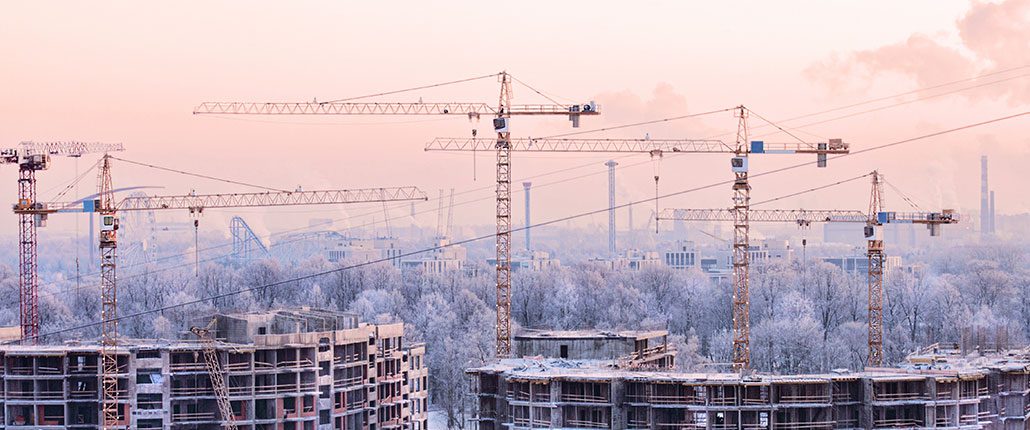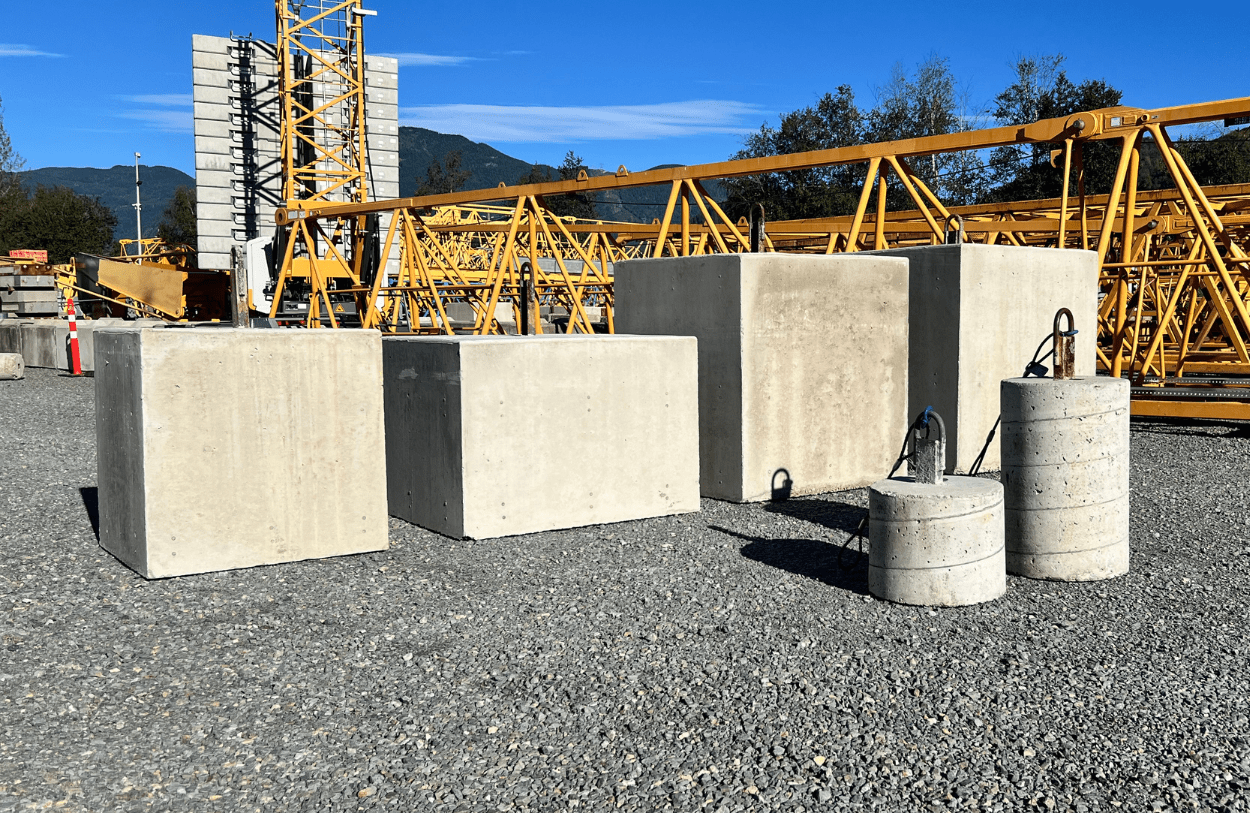Top Takeaway: Working at height in the winter can be dangerous, but you can reduce the risks by planning ahead, dressing appropriately, and monitoring yourself and others for signs of cold
stress.
Winter is the most challenging season for any outdoor job-site, but cold weather and blowing snow can make working at height even more hazardous. Follow these best practices to stay safe
this winter, no matter the height or temperature.
- Clear snow and ice.
Falling is always the most obvious risk of working at height, but ice and snow make it an even greater hazard. Black ice, whether caused by fluctuating temperatures or frozen
condensation, is a common problem but is often hard to spot. Similarly, snow can melt and refreeze or compact over time, making it difficult to remove and easy to slip on.
Make sure to shovel and de-ice regularly to prevent falls or painful slips. - Pay attention to the weather.
Storms can rise quickly in the winter, reducing visibility to white-out conditions and blowing any unsecured objects (or people) over edges. Check the weather in advance
and make sure your site has all necessary controls put in place, but don’t let your guard down if there’s a clear forecast. Pay attention to the weather throughout the day to give
your workers plenty of time to get to safety before a storm, and ensure workers wear high-visibility equipment so they are easy to spot if rescue is needed. - Prepare for wind.
Even without blowing snow, wind presents a serious challenge at height. Faster winds caused by higher altitude can accelerate cold stress and must be carefully worked
around. Keep any loose materials securely fastened when not in use and provide protected areas where workers can regularly step out of the wind to warm up. Monitor
wind readings on the ground and at height to ensure no equipment is damaged and everyone stays safe. - Avoid cold stress.
Cold stress occurs when the body cools down faster than it can warm up. It can cause disorientation, numbness, frostbite, and hypothermia, and worsens quickly once it sets
in. It is especially dangerous to people working at height as it could be hard to get back to the ground for treatment if it progresses too far. Ensure everyone on site knows the
signs of cold stress and how to immediately treat them. Consult your local work safety board for more information on cold stress and its symptoms. - Dress for the weather.
Your clothes are your first level of defense against winter hazards. Dress in layers to create adjustable insulation against the cold and wind, making sure to wear a
waterproof top layer. If any of your clothes soak through, change into something dry as soon as possible. To prevent slipping on icy rungs or platforms, wear high-traction boots
and gloves that fit tightly without cutting off circulation. - Protect your PPE.
If your fall equipment freezes and thaws repeatedly, the material can stiffen or rot, weakening it and put the user at risk. Likewise, drying it with an electric dryer or heater
can stiffen or melt the material. Store your PPE properly in a cool area where it can dry completely without the risk of freezing, and always check your equipment before using
it for damage or weakness. - Inspect your station.
Winter weather and temperatures can be hard on structures and equipment, so always check over the area you will be working on before starting for the day. This is especially
crucial if you will be working on a platform, lift, or scaffolding for the day, as there is less room to maneuver if something weakens or snaps. - Plan for rescues.
Winter weather throws extra challenges into completing emergency rescues. Uncleared snow, ice, and low visibility can make a straightforward rescue plan nearly impossible,
so it is imperative that you have more than one plan in place. Brainstorm a list of winter hazards that could impede rescues and make multiple plans to account for every area.
It’s a lot of work upfront, but it will pay off in the long run if the worst should happen. - Work in pairs.
If cold stress sets in, disorientation and numbness can make it difficult to recognize the need to stop working and get treatment. Even if a person is aware of what is happening,
they may ignore warning signs of illness to finish what they’re working on. Work in pairs to monitor each other’s conditions and to ensure that if cold stress does occur it is
treated immediately. - Train your crew.
It isn’t enough for management and supervisors to be aware of winter hazards; everyone on site needs to be prepared for what winter will bring to the jobsite. Train
your crew to identify and deal with hazards, cold stress symptoms, and emergency protocols to ensure that everyone will be safe this winter.





